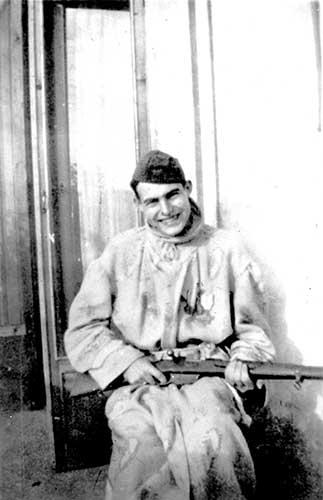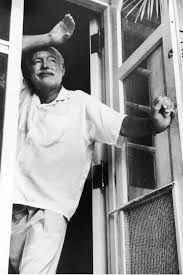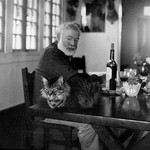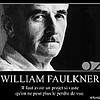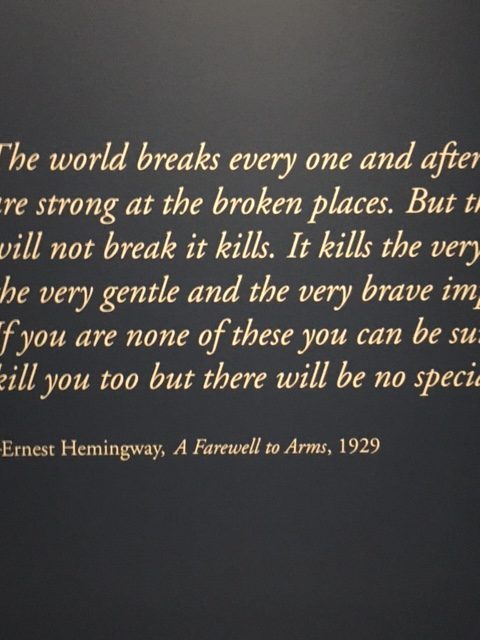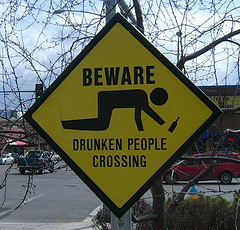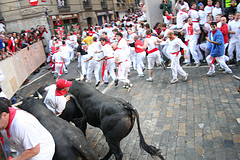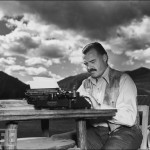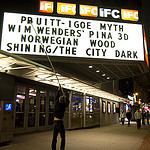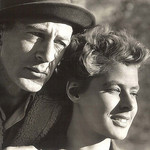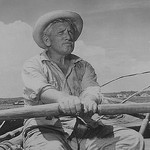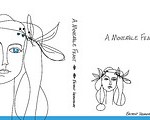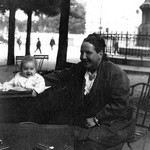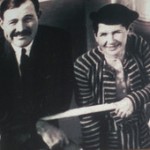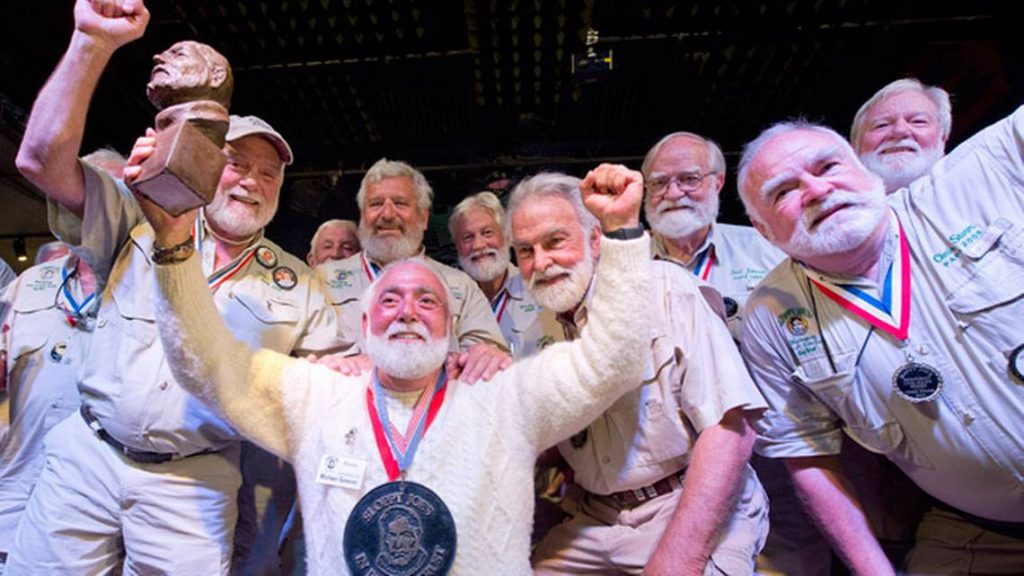The one thing I know is that a woman should never marry a man who hated his mother. Martha Gellhorn.
I write one page of masterpiece to ninety-one pages of shit. I try to put the shit in the wastebasket. Ernest Hemingway

Hemingway Misogynist (Definition) – noun, jargon. A male heterosexual individual whose misogynistic beliefs are seen predominantly when he is in a relationship with a strong, independent female who is, most likely, smarter than him. The Hemingway Misogynist is capable of having powerful lifelong friendship bonds with a few strong, independent women smarter than him, but only if he never enters into a sexual relationship with them. He will often say and believe hateful things about women in general, citing his own female friends as individual exceptions. Don’t sleep with this dude, because he will leave tire marks on your lawn when you publish your dissertation to rave critical reviews. Hemingway misogynists, Hemingway cats. Andrea Grimes

Hmm. May I protest?? Pauline, Martha, and Mary were all smart strong women. And Hadley was no dope. And he seems to have slept with all of his wives. Pauline and Mary did tend to defer to Hem but I’d say he liked that both were smart. Martha did challenge him and he did like his wives to be home with life revolving around him. However, I never saw him as disliking women. He just liked his life the way he liked it.
If we look at his literary women, what can we see? Brett, from The Sun Also Rises was smart and strong although troubled. Jake presumably slept with Brett before his injury. Catherine, from A Farewell to Arms, was a career woman before her time and she drove a good amount of that relationship. Maria, in For Whom the Bell Tolls, was young but strong. Pilar was a mountain of a woman, brave, and a hero in my book. Not one was a wimp or simpering girly-girl who just wanted to be dominated. Falling in love is not the same as wanting to be subservient.

Yup, there were many manipulative bitchy women in the short stories and novellas but many of the men were no prizes either. Helen in the Snows of Kilimanjaro and Margo in The Short Happy Life of Francis Macomber were wealthy, entitled, and limited. Still Harry in The Snows freely admitted his weaknesses and Helen’s efforts to help him as a writer. When honest, he admitted it was he who chose to be seduced by the easy life more than it was Helen forcing his hand. Margo was not easy in her condescending way but Francis was without backbone until the tragic end.

Hemingway was attracted to women with spirit: Marlene Dietrich, Jane Mason, Josephine Baker, Gertrude Stein, Adriana. All had opinions, attitude, and grace. Yes, Hem hated his mother but he didn’t hate women-kind. In fact, there is ample evidence that he enjoyed women quite a bit not just as lovers but as friends and sounding boards. But, hey, who knows? what do you think?




